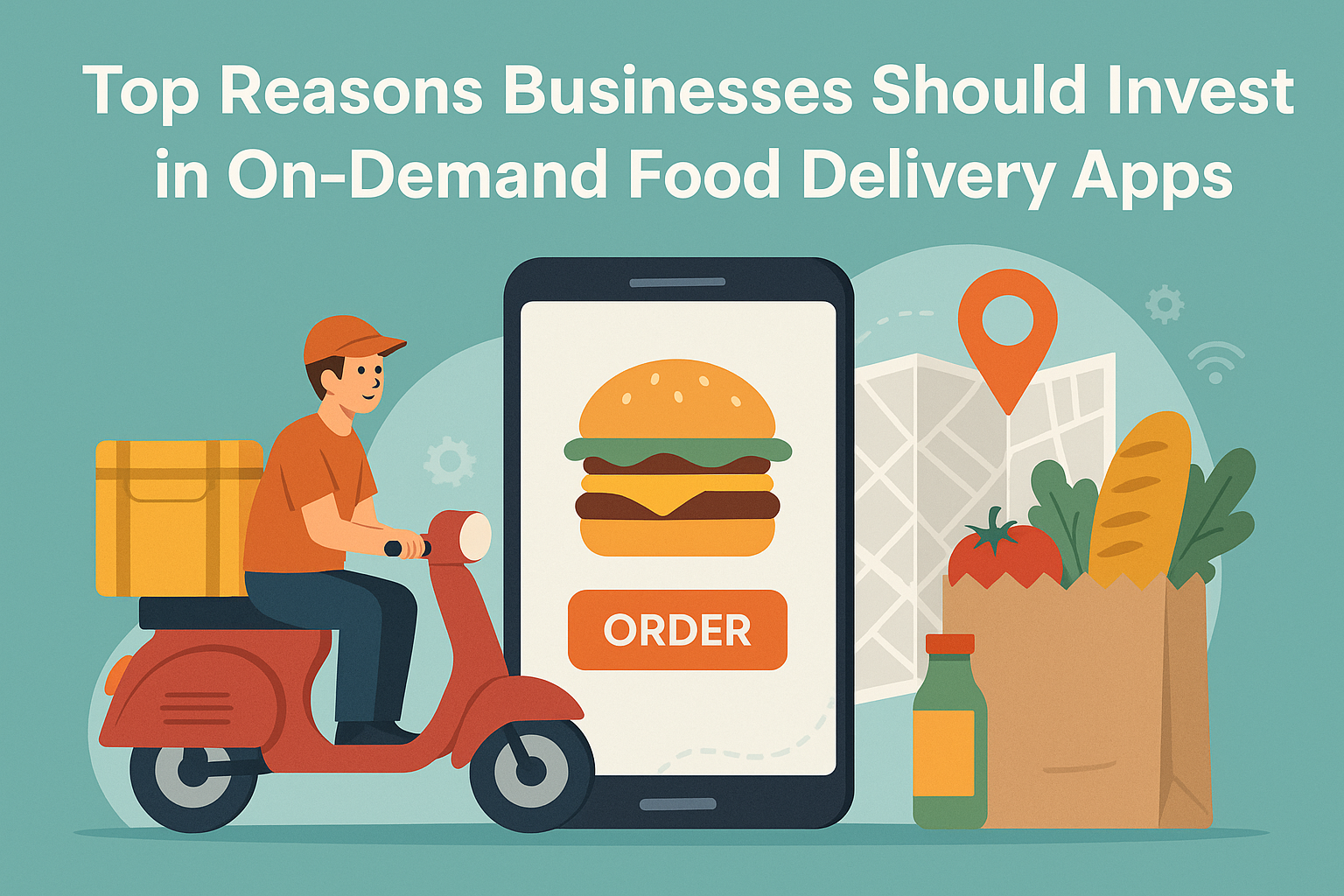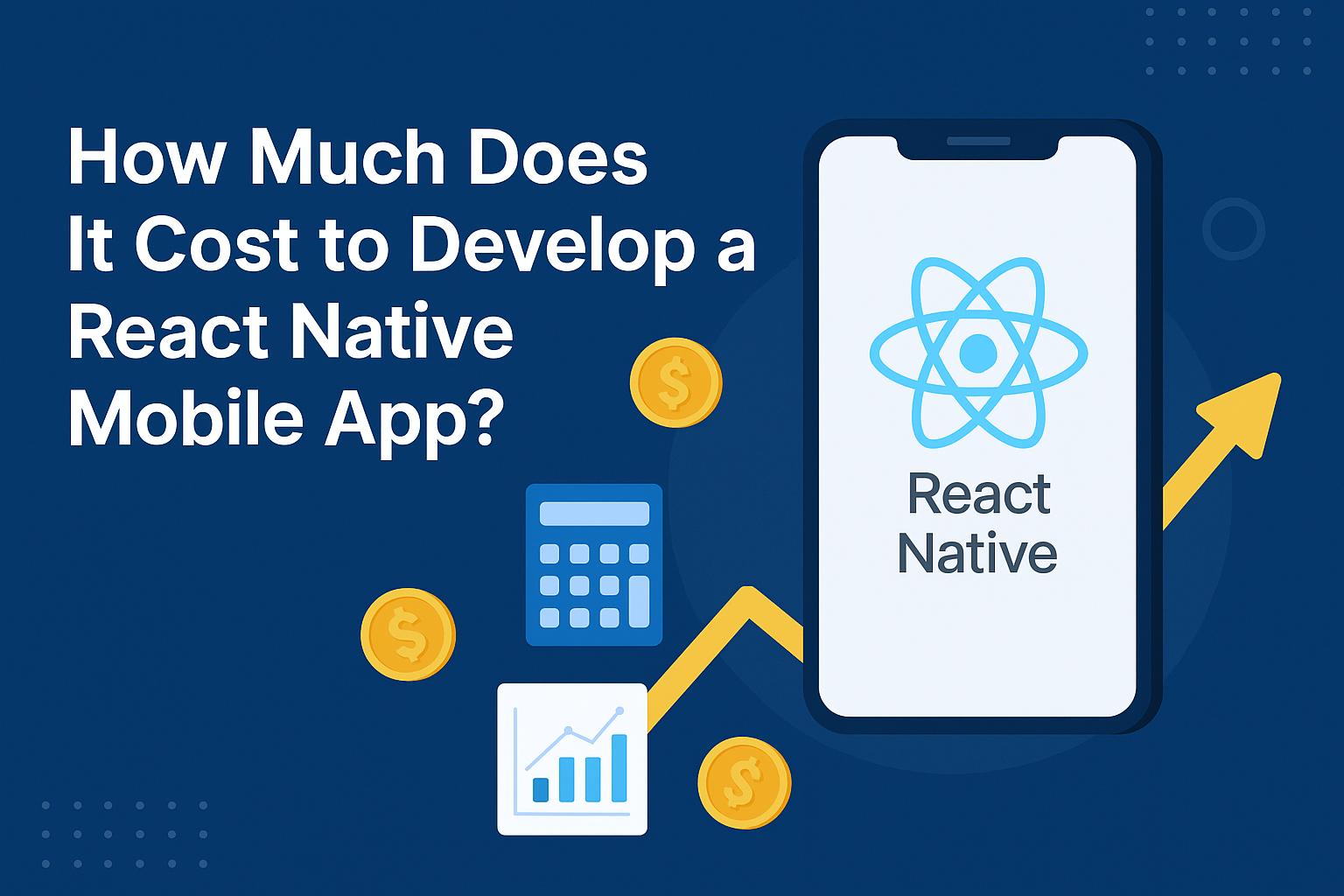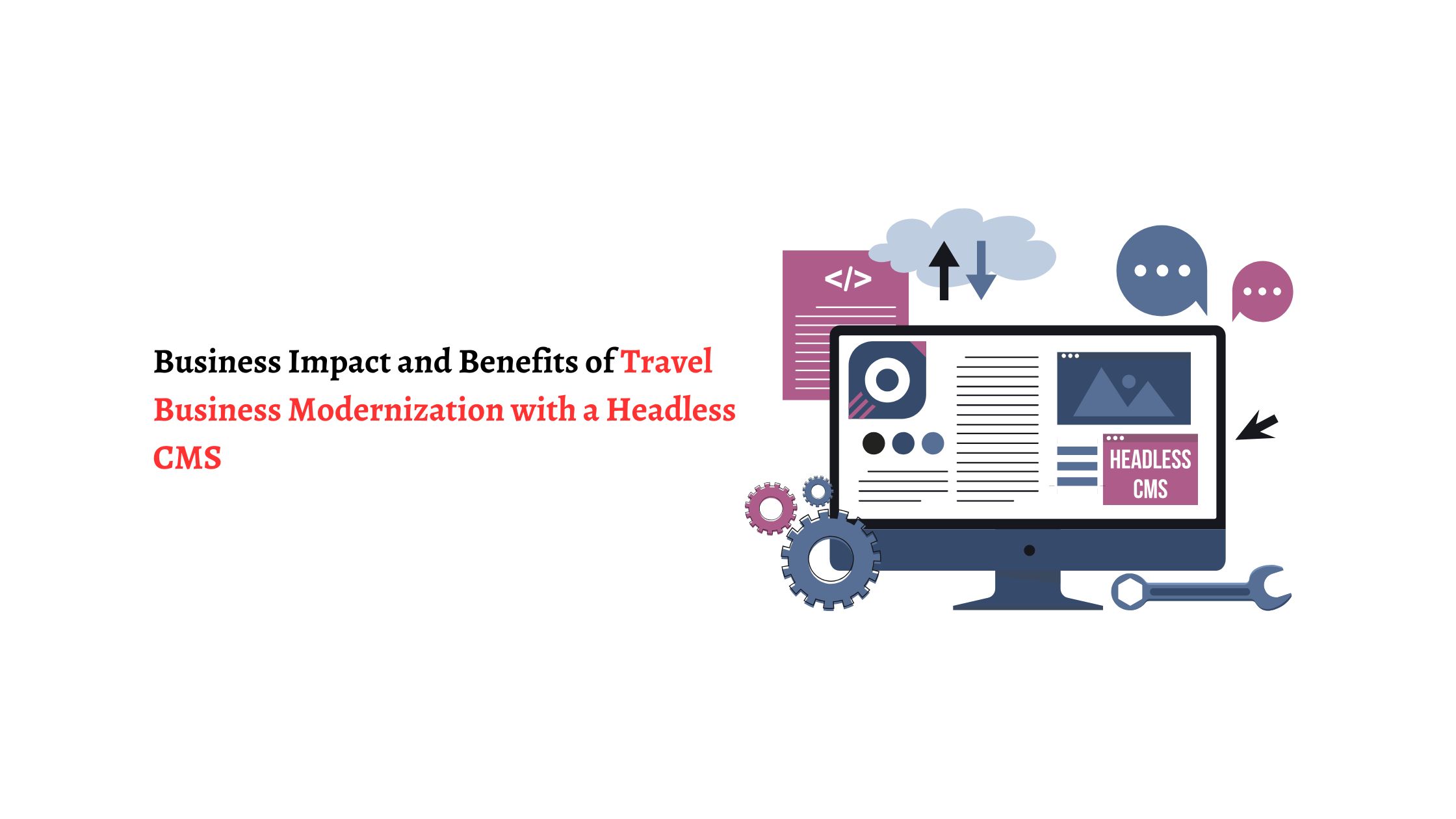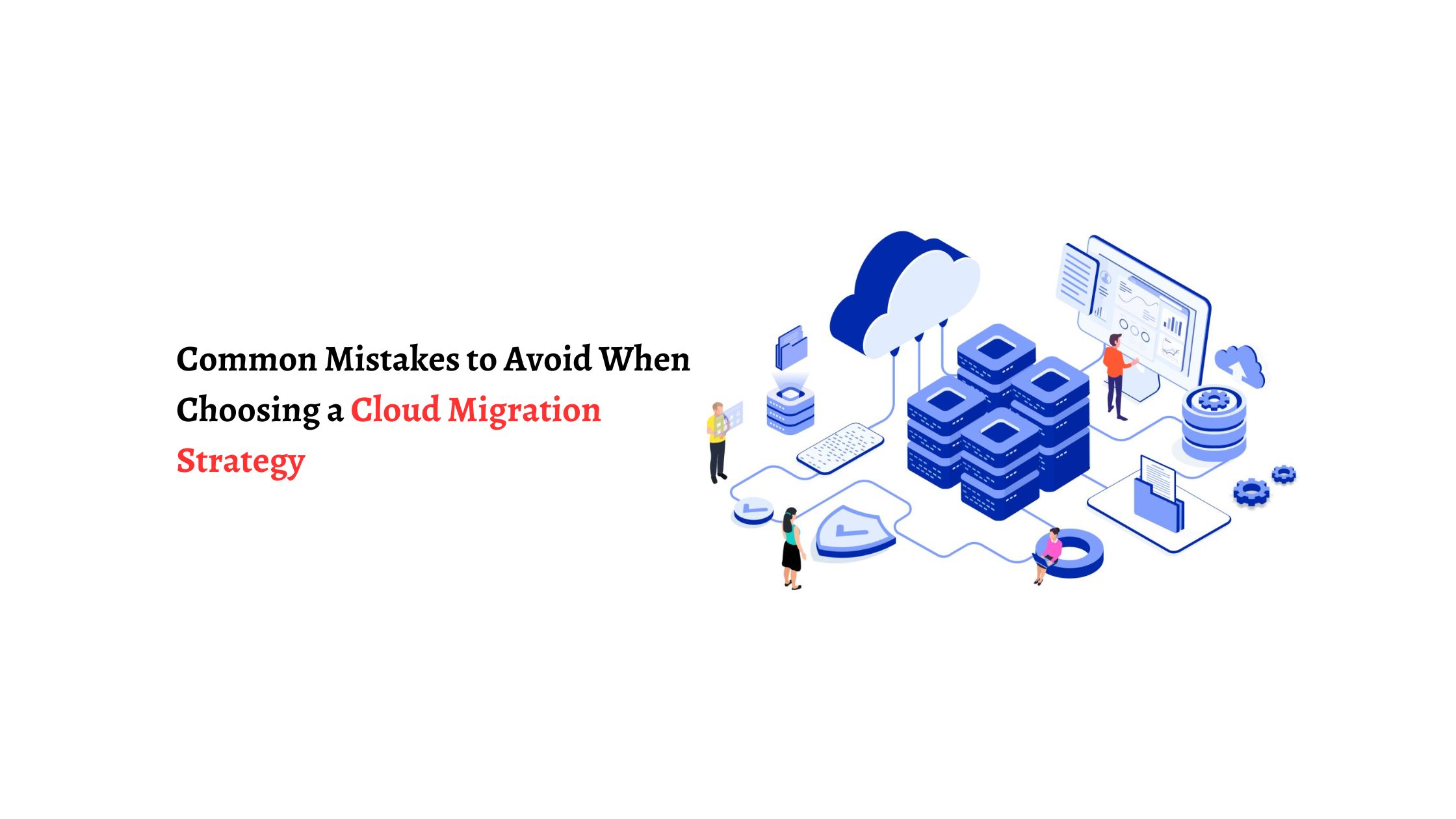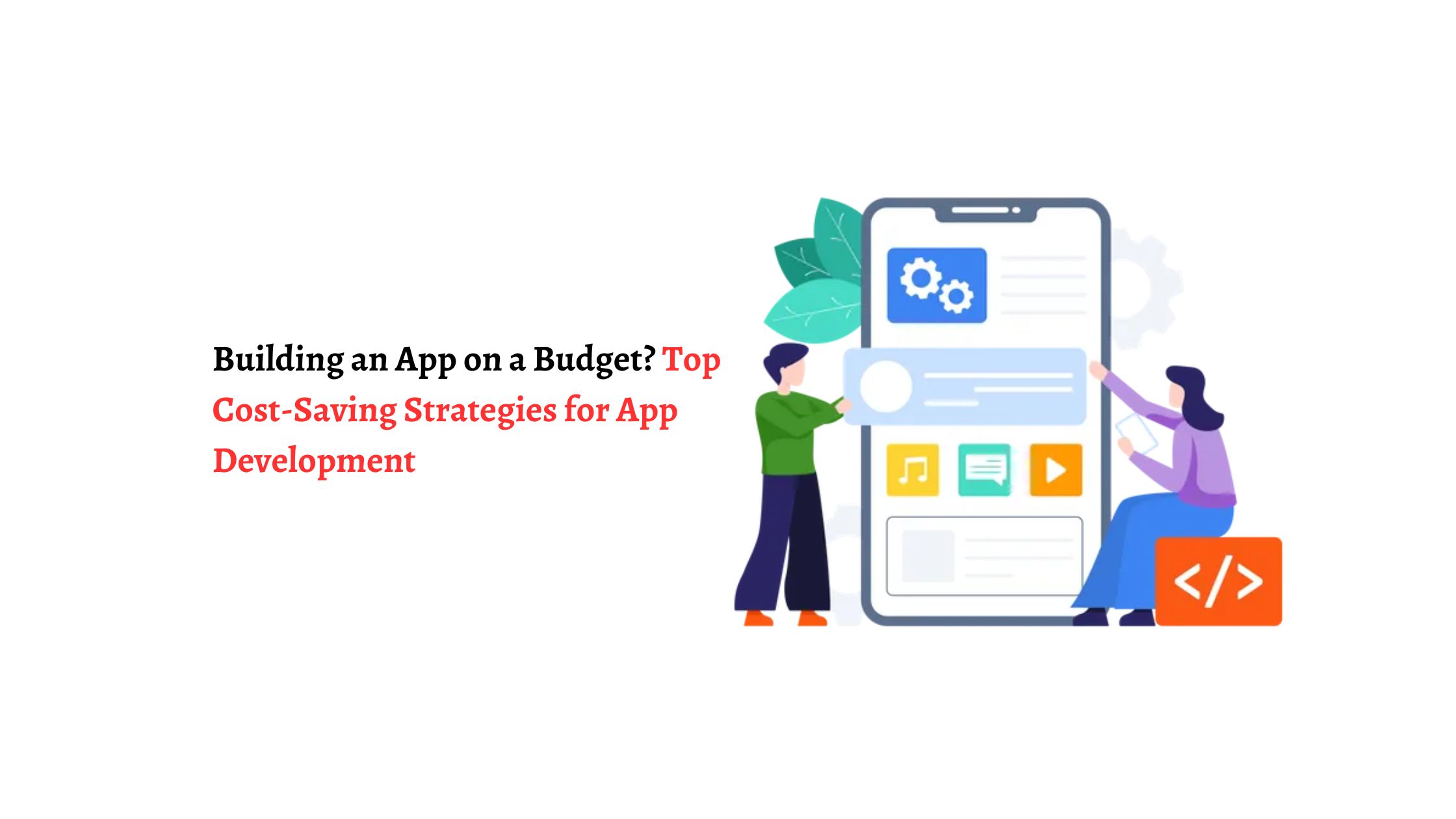Online ordering isn’t a trend—it’s a new baseline. And yet, many food businesses still run their delivery operations through third-party platforms that eat into margins, dilute brand identity, and offer zero control over customer data.
A custom on-demand food delivery app changes that.
Investing in on-demand delivery app development services gives businesses full ownership of the customer journey—from order placement to delivery tracking—while integrating backend logistics, dynamic pricing, loyalty programs, and real-time analytics.
Why Online Food Delivery App Development is Thriving
App development turns food delivery from a cost center into a scalable, data-rich growth engine. Here’s why more companies are building their own apps—and why it’s no longer optional.
1. Massive Market Demand and User Preference
Food delivery is no longer a niche service—it’s infrastructure. The global online food delivery market was valued at USD 221.65 billion in 2022 and is continuously growing since then. It is expected to expand at a CAGR of 10.3% from 2023 to 2030.
Businesses without direct-to-consumer delivery channels can fall behind—depending entirely on aggregators that own the data, the interface, and, ultimately, the customer.
Owning a branded delivery app allows companies to participate in this demand curve directly, convert occasional buyers into loyal users, and build a defensible digital moat.
2. Full Control Over Brand and User Experience
Third-party aggregators come with high commission fees and limited visibility into customer behavior. A proprietary food delivery app allows businesses to take full control of:
- Brand identity (UI/UX, color schemes, messaging)
- Pricing models and loyalty programs
- Customer data and analytics
- Personalized recommendations and offers
By removing the middle layer, businesses can protect margins and build direct channels for retention and upselling.
3. Operational Efficiency and Order Accuracy
An on-demand app eliminates manual processes and phone-based ordering, reducing human error and improving order accuracy. Features like:
- Real-time order tracking
- Integrated payment gateways
- Automated KOT generation
- Smart kitchen dashboards
…help streamline kitchen operations, reduce wait times, and optimize delivery logistics—all while improving customer satisfaction.
4. Data-Driven Decision Making
A custom food delivery app gives businesses access to rich data sets that third-party platforms rarely share. With integrated dashboards, you can track:
- Daily active users
- Peak ordering times
- High-performing menu items
- Repeat vs. new customer behavior
- Delivery performance metrics
These insights enable better forecasting, inventory planning, and targeted marketing, making every business decision smarter and more ROI-driven.
Also Read: On Demand App Development Guide
5. Scalability and Multi-Outlet Management
For brands planning to expand into multiple locations or operate cloud kitchens, a centralized app becomes a critical infrastructure asset. A robust platform can support:
- Geo-based menu variation
- Zone-wise pricing
- Multiple kitchen dashboards under one admin panel
- Region-specific campaigns and delivery controls
This ensures consistency in customer experience while simplifying backend complexity.
6. Enabling Subscription Models and Custom Services
Modern food businesses are experimenting with recurring revenue models through meal subscriptions, diet-based packages, and family plans. A custom app allows for:
- Flexible subscription modules
- Scheduled deliveries
- Auto-renewals and one-click reorders
- Integration with diet tracking or fitness apps
This adds a layer of predictability to revenue while offering customers more value and convenience.
7. Improved Customer Retention Through Personalization
With AI-powered engines integrated into your app, you can personalize:
- In-app recommendations based on purchase history
- Discounts tied to ordering frequency
- Push notifications with location or time-based triggers
Personalization doesn’t just improve user experience—it increases Average Order Value (AOV) and Customer Lifetime Value (CLTV).
8. Future-Ready Tech Stack and Integrations
A well-architected on-demand food delivery app can be enhanced with:
- Cloud-based infrastructure for scalability
- AI chatbots for order-taking and support
- IoT integrations for smart kitchen automation
- Live delivery tracking using GPS and telematics
This makes your platform adaptable for future innovation—whether it’s integrating drone delivery or voice-based ordering.
Conclusion
An on-demand food delivery app isn’t just another digital tool—it’s a core revenue channel, a brand platform, and an operational backbone. In today’s experience-driven economy, customers expect speed, personalization, and seamless service. With a on-demand delivery app development company that understands your business model by your side, you can build your own delivery app, which help you keep up with the market and grow with it.
